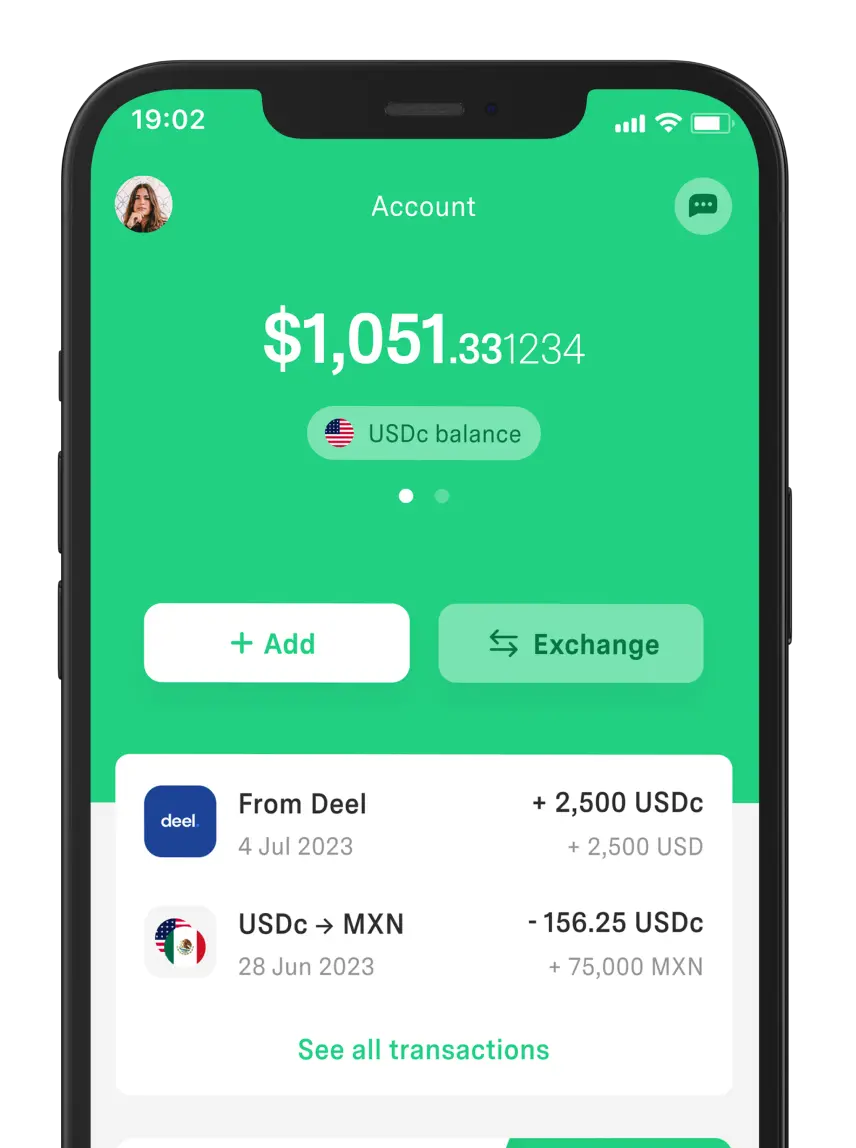 Work and Travel
Work and Travel Expedia: Is it safe to book here? Pros, cons, and user reviews
With Expedia you can search, compare, and book accommodations, plane tickets, and more. Here we tell you the advantages and disadvantages of Expedia.



Vacations in Mexico are a mandatory labor right granted after completing one year of formal employment. However, many workers are unaware of their rights and, by not requesting their time off on time, end up losing valuable rest days.
If you don’t want to be next, keep reading.
In the following sections, we’ll explain everything you need to know about vacations in Mexico—including how many days you’re entitled to by law in 2025 and which formula to use to calculate how much you should be paid. We’ll also go over the steps to request your vacation without issues.
Make sure you get what’s fair!
Vacations in Mexico are a paid rest period protected by the Federal Labor Law (LFT). The minimum number of days was extended in the 2023 reform, which established a baseline of 12 days.
In other words, after completing your first year working at a company, you are entitled to at least 12 vacation days. Then, starting from the second year, you earn 2 extra days per additional year, up to 20 days once you reach 5 years.
The table below shows the 2025 legal vacation days based on years worked:
Years of Service | Vacation Days (business days) |
1 | 12 |
2 | 14 |
3 | 16 |
4 | 18 |
5 | 20 |
6–10 | 22 |
11–15 | 24 |
16–20 | 26 |
21–25 | 28 |
26–30 | 30 |
31–35 | 32 |
These values are based on the progressive increase outlined in Article 76 of the LFT.
Knowing how many vacation days you get per year under the new law allows you to calculate your entitled amount.
Now, when taking your vacation in Mexico, the Federal Labor Law requires two mandatory payments:
1. Salary for the vacation days: fully covered, as if you had worked.
2. Vacation bonus: at least 25% additional on top of the salary for those days.
How to calculate your vacation pay?
You don’t need to use the Integrated Daily Salary (SDI) for this. You just need to know:
Your seniority, which determines the number of vacation days.
Your daily wage, which can be calculated by dividing your monthly salary by 30 days.
For the example below, we’ll use the following data:
Daily wage: 278.80 MXN (effective January 1, 2025).
Vacation days for 1 year of seniority: 12, according to Article 76.
The calculation would be:
Base payment (vacation salary): 278.80 × 12 = 3,345.60 MXN.
Vacation bonus (25%): 3,345.60 × 0.25 = 836.40 MXN.
Total to receive: 3,345.60 + 836.40 = 4,182.00 MXN.
Legal Vacation Pay 2025 = 4,182.00 MXN.
When you take your vacation, the income tax (ISR) withholding works almost the same as during any other pay period.
Here’s what you need to keep in mind:
The salary for your vacation days is taxed at 100% with ISR. That means your employer calculates the tax on that amount and gives you the net payment.
The vacation bonus has a benefit: it's exempt from ISR up to the equivalent of 15 UMAs (1,697.10 MXN).
Even if you pay ISR on your vacation, rest assured that the withholding will be adjusted in your annual tax return.
Ideally, your vacation pay should be issued before or at the beginning of your time off. Legally, there’s no fixed date, but if your employer delays the payment once your vacation has started, you can file a complaint.
Generally, companies deposit the vacation salary and vacation bonus during the week or pay period before your break begins. However, there are other ways to do it:
Two-part payment: Including it in your regular payroll and transferring the vacation bonus separately—either before or on the first day of your vacation.
Special advance: In certain cases, the company may advance the full amount for your vacation period in one lump sum, as long as there’s a written agreement.
It’s worth noting that employers have up to 6 months to grant you vacation after you complete one year at the company.
If you’ve already completed a year at your job and plan to take a vacation, it’s best to arrange the dates in advance.
Although it's your legal right, coordinating with your employer is essential for a smooth process.
So, we recommend the following:
1. Talk to your direct supervisor: Notify them in advance about the number of days you’ll take off (specific dates). Do this at least 2 to 6 weeks ahead of time so the company’s operations aren’t disrupted.
2. Be flexible: It’s likely that your department will need to make adjustments to avoid workflow issues. Try to be flexible and open to discussion—this shows commitment and makes approval easier.
3. Formalize the request: Once the dates are agreed upon, you should submit your formal request in writing or through your company’s internal system.
4. Organize your pending tasks: Before you leave, complete or delegate important assignments. This will help you enjoy your vacation without interruptions or concerns.
Requesting your vacation in an organized and cooperative manner increases the chances of approval and strengthens your professional image within the company. If you’re unsure what to do, reach out to the Human Resources department for guidance.
Want to make better use of your vacation money?
Consider using DolarApp to receive, store, and spend digital dollars (USDc) if you plan to travel outside of Mexico. Just bring your DolarCard—the card that works with USDc balance to pay for expenses anywhere in the world, as long as they accept Mastercard.
With DolarCard, you avoid the high interest rates that traditional banks usually charge when using cards abroad. Plus, with DolarApp on your phone, you can buy or sell USDc at real exchange rates with no hidden fees.
No, vacation days cannot be accumulated indefinitely. They’re generated yearly and should be used within a reasonable timeframe. That’s why it’s best to request them on time rather than leave them pending for several cycles.
Yes, vacation days can expire, although you don’t lose the right immediately. If you don’t take them within 6 months after your work anniversary, you still have one more year to claim them. After that period, the right is lost.
If you don’t use your vacation days within the established timeframe and don’t claim them legally, then yes, you can lose them. The right expires 18 months after the year in which they were earned, as stated by the Federal Labor Law.

The world has borders. Your finances don’t have to.
 Work and Travel
Work and Travel With Expedia you can search, compare, and book accommodations, plane tickets, and more. Here we tell you the advantages and disadvantages of Expedia.

 Work and Travel
Work and Travel Expedia TAAP Mexico could be the competitive advantage your agency is looking for. Discover how to register and how you can boost your income.

 Work and Travel
Work and Travel Build your own kit with the best travel apps to plan, book, and manage every trip detail from your phone.


